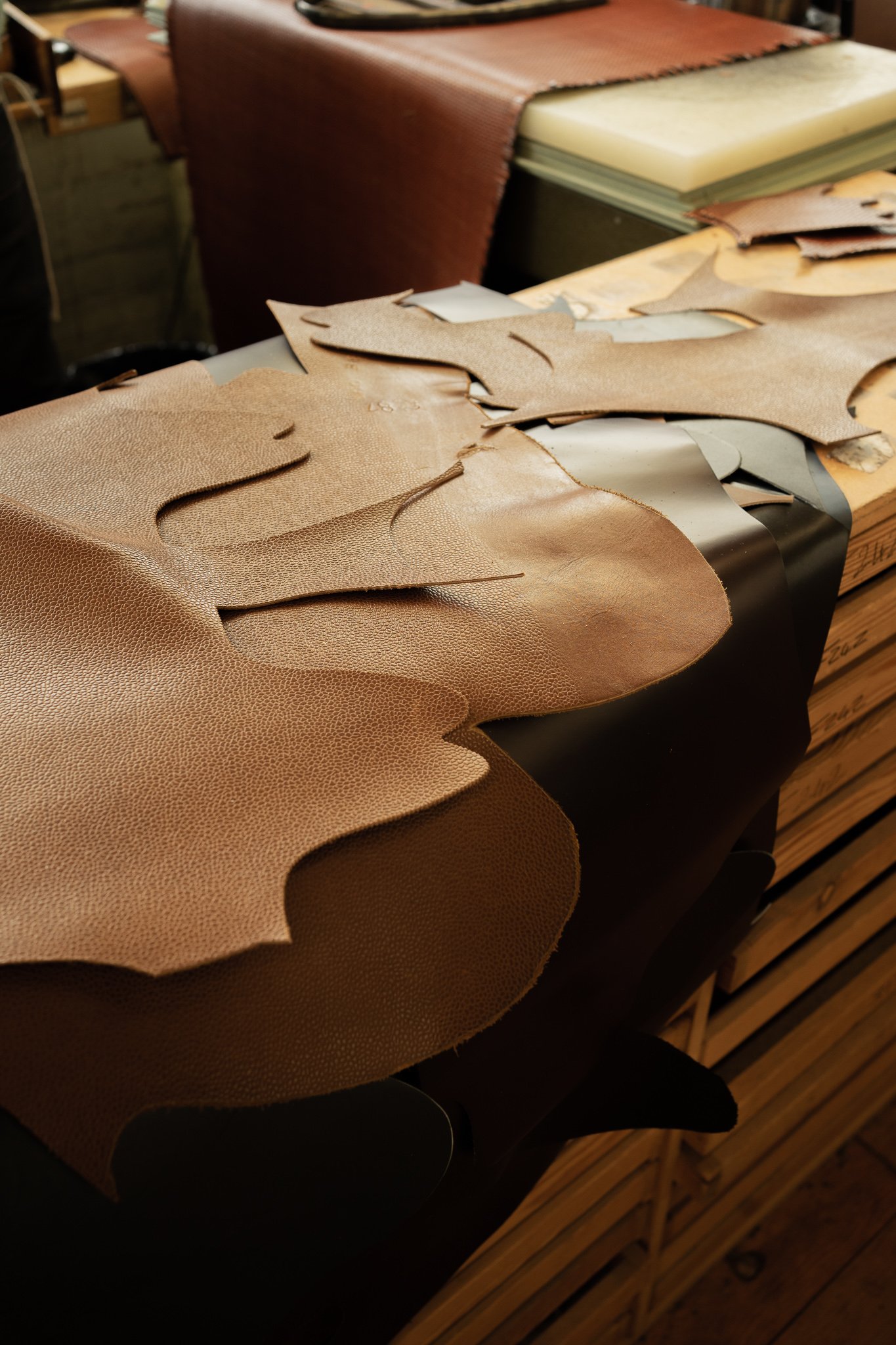A Shoe Factory Visit In Northampton
Craftsmen and designers have long been two separate entities in the creative industry, working independently to bring their unique skills to the table. However, in recent years, a growing interest has shown in the collaboration of these two groups, bringing together talents on the two ends to create innovative and beautiful work. The culmination also led to Anthology's emergence. Almost heading into the fifth year, we dare say this makes the nouveau norm of today's fine clothing industry.
Craftsmen are skilled artisans who specialise in creating physical objects with their hands. They have a deep understanding of materials and techniques, and often have years of experience honing their craft. Designers, on the other hand, are focused on the conceptualisation and visualisation of ideas. They use their creativity to develop innovative solutions that meet the desires of their audience.
When craftsmen and designers work together, they can create truly unique and remarkable work. We documented a factory visit in Northampton where we bring yet another beautiful shoe collaboration to life.
Into the clicking room, the first stop after a shoe last and materials get chosen. It is where the leather is cut into the various pieces needed to construct a shoe upper. Clickers are highly skilled workers who use a variety of knives and presses to cut the leather according to precise patterns and measurements. The clicking process is critical to the quality of the shoe, as it determines the shape, fit, and overall appearance of the final product. The clicking room is an essential part of the shoemaking process, and it requires a combination of craftsmanship, precision, and attention to detail to produce high-quality leather pieces that will ultimately form the upper of the shoe.
Then the closing room, a dedicated space where the upper part of the shoe is assembled and stitched together by skilled craftsmen and craftswomen. It is typically the second stage in the shoemaking process, following the clicking room where the leather components for the upper are cut from the leather skins.
In the closing room, the various pieces of leather that make up the upper are first skived (thinned) and then stitched together using a multitude of specialised sewing machines. The lining and any additional reinforcements are also added to the upper at this stage.
Welting, finishing, final touches that bring the shoes to life.
Once the upper is completed, it is sent to the lasting room where it is pulled over a last to create the shoe's shape. Finally, the sole is attached to the upper with the Northampton Goodyear-welting tradition and the shoe is finished with polishing, lacing, and any other final touches, specific to the manufacturer.
These skillsets are now brought to the other side of the world, but the highest level of consistency remains in this small town, and have gone to sheer decline to only the last remaining few. A survival of the fittest of sorts!
Searched through the almost dishevelled last stores that house over 40,000 pairs of lasts dating back more than a century, and that is where the real grandeur is, where the foundations of a shoe truly begin. Selected lasts are the last 72, 224 and 376. By this point, if you are familiar with shoe last numbers, you probably can already relate to a namesake shoemaking label. Keep your eyes peeled for what we have for you.
We are honoured to have Crockett & Jones lend their expertise to us to help build our dream shoes for everyday use. The collaboration series will officially launch on March 24 at 12pm GMT.
















